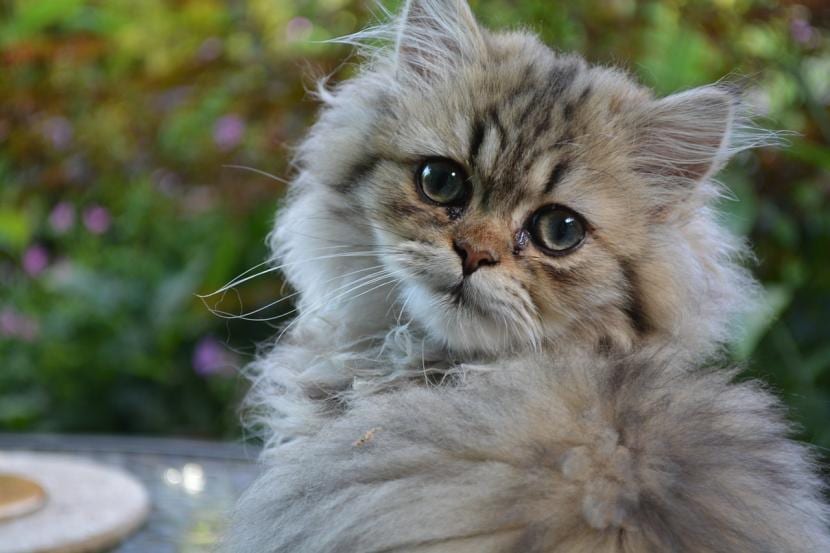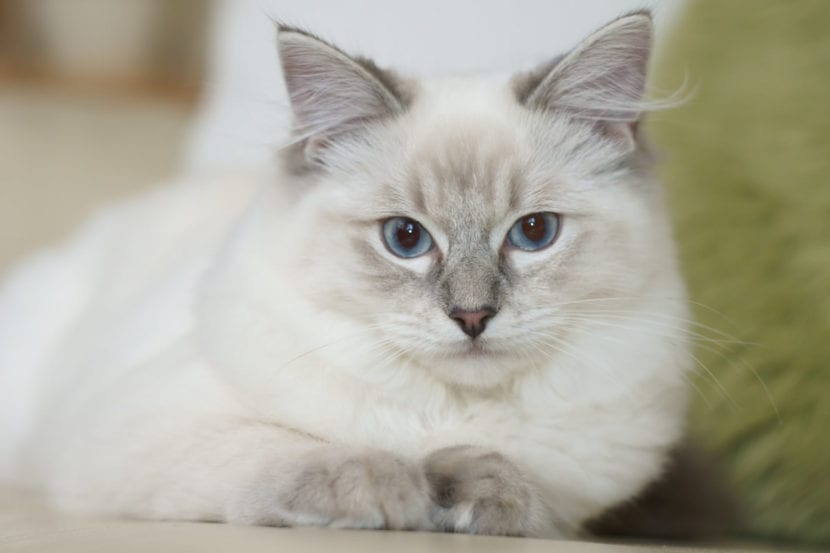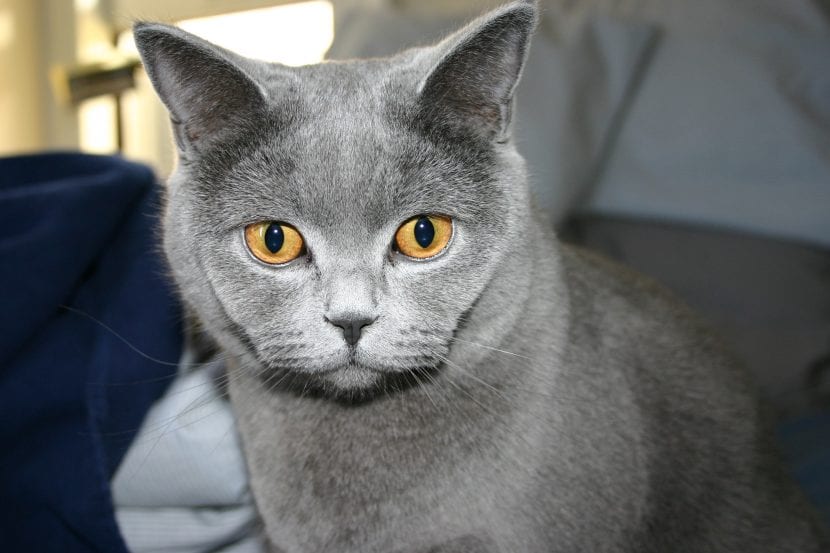
Although cats are generally healthy animals, they can sometimes fall ill. The saddest thing is that there are some diseases that are congenital, that is, they are transmitted from parents to children. That is why it is very important to know them, since if they are caught in time they will receive treatment and may even be cured.
So let's go. Let's know what are the congenital diseases in cats.
Which are?

Congenital diseases are those that are transmitted through genesHence, the human being cannot do anything - for now, because you never know what the future holds - until the first symptoms have appeared. In addition, you have to know that although any cat can suffer from any of them, it is more common in those of purebreds.
With the simple fact of selecting offspring and crossing them to highlight some characteristic, the genetics of the animals are already being played with. Often with this practice what is achieved are increasingly vulnerable kittens.
That said, these are the diseases that are passed from parents to cat children:
Spinal muscular atrophy
It is a disease that makes cats have trouble moving properly. Actions such as walking, controlling the head or swallowing are very difficult for those affected.
The main coon They are the only ones who - until now - can have it, with a probability of 25%.
Progressive retinal atrophy
It is a degenerative disease - it worsens over the years - that affects the cells of the eye, causing the animal to lose vision little by little. It should be noted that blindness can be first nocturnal, then daytime, and then remain.
Cats of the breeds Abyssinian, American curl, ocicat, Somali, balinese, munchkin, Siamese, oriental shorthair and peterbald are the most affected.
Hypertrophic cardiomyopathy

It is a disease characterized by the thickening of the ventricular walls of the heart. what causes alterations in the rhythm of the heartbeat and blood pumping.
It is common in Maine Coon breeds and rag doll than in others.
Erytocritical pyruvate kinase deficiency
It is an anomaly in which red blood cells are destroyed quickly, so much so that the bone marrow is unable to replace the amount that has been lost. It is treated with blood transfusions, or with bone marrow transplants in more serious cases.
Mainly affects Abyssinian, Norwegian Forest Cat, Somali, savannah, and egyptian mau.
Gangliosidosis 1 and 2
It is an abnormality in the brain process during which fats and sugars no longer bind as before, which causes neurological problems that can be life-threatening. It is usually detected late, when it has already advanced a lot.
It is a disease that affects the Siamese, Burmese and Korat breeds.
Type IV glycogenosis
It is a disease that, if the mother has the carrier gene, it is most likely that she will abort. In the event that the cubs were born, they would either die soon or live up to five months as a result of a heart attack and degeneration of the muscles.
Polycystic kidney
Also known as polycystic kidney disease, consists of the formation of cysts in the kidneys that increase with age. If left untreated, they can lead to irreversible kidney failure.
The rare Burmese, lost, british shorthair, and Scottish fold, are the most affected.
How do I know if my cats are sick?

We have seen what are the congenital diseases of cats, but how can we know if ours are sick? What do we have to look at? It is not always easy to tell, as they are experts at hiding pain. Even so, by observing them daily we can get an idea that there is something that is not right if:
- They are losing their appetite
- They lose interest in the game too quickly - in a matter of days or weeks
- They stay away from family most of the time
- When caressing them in a specific area they complain and / or attack
- They change behavior very quickly, they seem "bipolar"
- They have problems leading a normal life (it is difficult for them to walk, eat, ... whatever else they did before)
- They relieve themselves off the tray (and the tray is clean and in a quiet room, away from the washing machine and their food)
- Have a fever and / or vomiting
Which is the treatment?
Once we know that our cats are not well, we should take them to the vet for a physical examination and a series of complementary tests (blood and / or urine tests, X-rays, ultrasound ..., and maybe a genetic analysis if you suspect they have congenital diseases), and from there He will give them the treatment they need, whether it be drugs, transfusions or any other that he considers to help them get ahead..
I hope this article has been useful to you 🙂.